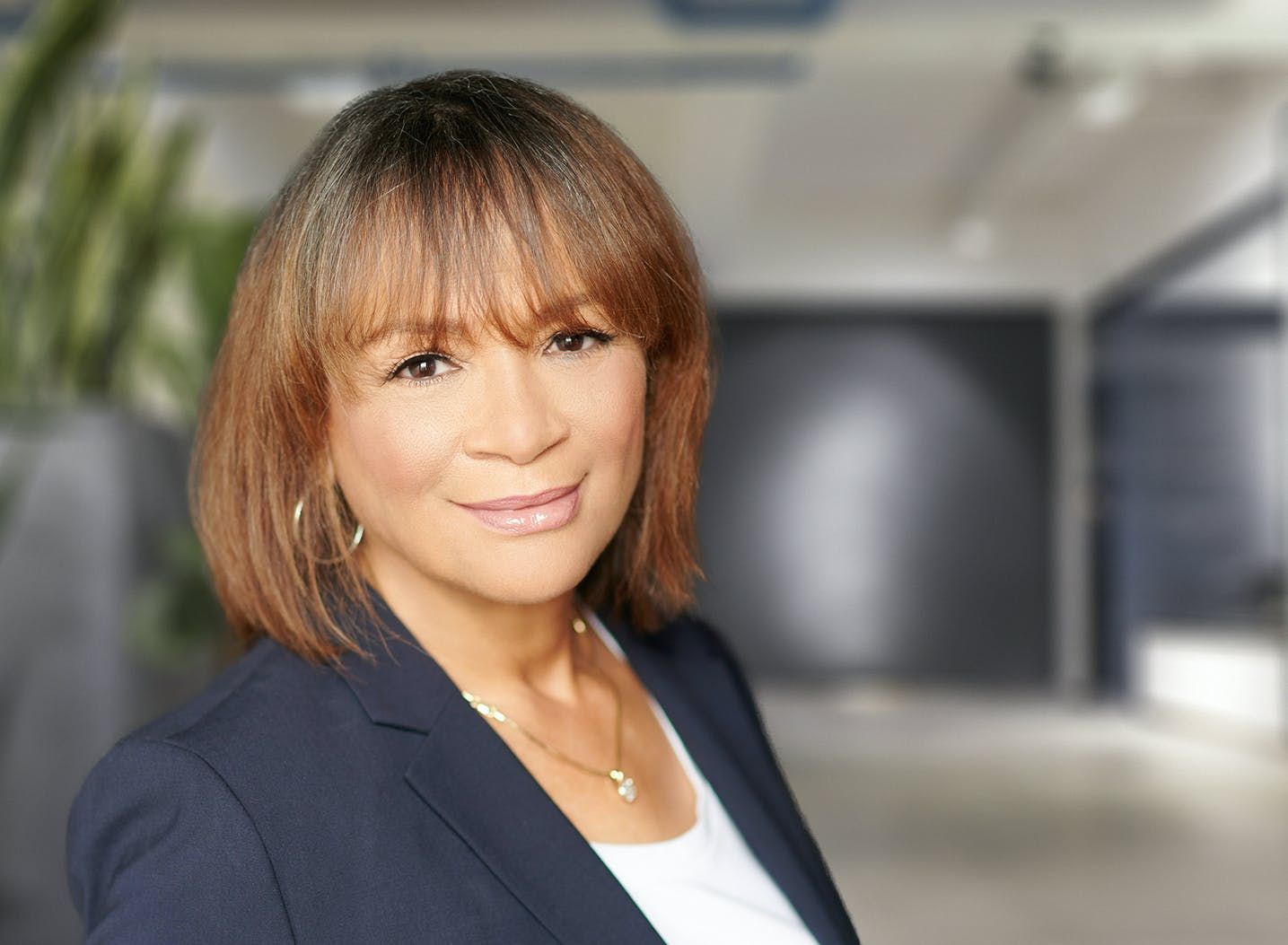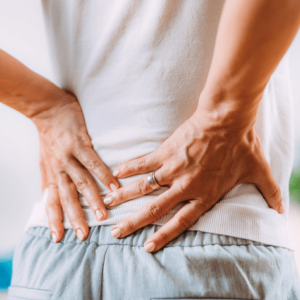Dr. Patricia Frye has been a practicing cannabis physician for four years—in fact, she was the first doctor HelloMD hired to consult with patients online. Today, she’s HelloMD’s chief medical officer and a regular on our Ask a Doctor livestream series, where she answers audience questions about cannabis every week.
Besides being a part of the HelloMD family, Dr. Frye runs her own thriving cannabis practice in Maryland. And on top of that, she’s recently released a book, “The Medical Marijuana Guide,” which draws on her clinical experiences in cannabis medicine.
FOLLOW US ON FACEBOOK & INSTAGRAM
We caught up with Dr. Frye one afternoon to learn more about her background, practice and how she translated her work recommending cannabis into her first book.
Tell me a little bit about your background. Where did you go to medical school and what kind of medicine did you practice before you got into cannabis?
I went to medical school at University of Maryland, and I graduated from there and then stayed and did a pediatric residency; I’m board certified in pediatrics. And when I finished at Maryland, I moved to Texas, and then I went to Baylor where I studied anesthesiology.
My goal was to do pediatric intensive care or acute care. But in Houston you really couldn’t do just pediatrics, so we ended up moving to southern California. And at that time, I had a young son who was having some difficulties.
So that type of scheduling really didn’t work out, and I ended up back in general pediatrics. And I did that for a number of years, [working with] school and behavior problems as well as taking care of sick kids. And when I was almost retired, I came back to Virginia.
Then in 2015, I got a job with HelloMD, and that was actually my first introduction to cannabis. I never really had any involvement with it—never even thought about it really—the whole time I was in California. So, it was after I got back to the east coast that I was introduced to it.
And what surprised you most about cannabis once you started to familiarize yourself with the plant?
What surprised me the most is that you can use it and not be impaired. I didn’t realize that you could use it that way—I learned that from my elderly California patients. And then it surprised me as to how effective it was, and how helpful it was for a lot of patients.
Did you have any experience in alternative medicine before working with cannabis?
Well, I’m an allopath—I liked doing procedures and using medication and intensive care. I wasn’t really on the alternative path, because I worked for Kaiser [Permanente], and so there wasn’t really a lot of opportunities to kind of dabble with that.
But during the time that I was at Kaiser, I saw a lot of school and behavior problems, and I ended up being one of three pediatricians who saw the autistic patients in Orange County. So that was kind of a soft introduction to some alternative things.
At the time, people were kind of experimenting with gastrin, which is a digestive enzyme, for autism. And I wasn’t really on the big alternative bandwagon, but there was one family who had a son who was nonverbal—very limited, a lot of restrictive behaviors—and they wanted to try the gastrin.
So, I talked with my medical director and first, my department chairman, I got the OK to use it. I gave him about two or three infusions, and low and behold, it really changed a lot for him. He started talking; he started eating things; and so, I saw a big dramatic improvement.
His response was so dramatic and so impressive that when I was introduced to cannabis, I think because of that experience, I was a little more open-minded to it than I might’ve been otherwise.
Given that you come from an allopathic background, what do your previous colleagues say about the work that you do now with cannabis?
I don’t see any of my old colleagues from California much, but I do interact with some pediatric colleagues here locally that I trained with in Baltimore. One of them sends me patients and the other one became a patient. I have other classmates who are medical directors of big internal medicine practices, and I’ve gone and talked [at their practices], and they send me patients.
So, it seems like the kind of work you do in the cannabis space is pretty well accepted. Can you talk about the work do you with cannabis outside of HelloMD?
I’ve lectured quite a bit in the area. I’ve spoken at two of the medical schools and about three or four hospitals in the area. I do continuing medical education for nurse practitioners and for physicians on cannabis.
By doing this, I’ve developed quite a referral base from other doctors. I get a lot of referrals from mental health providers, from psychiatrists. There are about six psychiatrists that send patients to me.
I get referrals from Children’s National Medical Center, from their pediatric neurologist. Now that Epidiolex is available, I don’t get as many, but for a while I got a steady stream of neurology and some oncology patients. I’ve done hospital visits in the area for children with cancer, where they’re not doing well, and we get them on cannabis at least to try to help them feel better.
I get a good number of patients from Johns Hopkins, from the pediatric gastroenterology [division]; I see a lot of Crohn’s and ulcerative colitis [patients]. So, I have a fairly good reputation here locally.
I write out treatment plans for these patients, and what I think they should use and what things to avoid or what to try next. It’s turned into a very rewarding practice.
A lot of your book is based on your clinical experience with cannabis. Have you noticed a pattern in the types of conditions that tend to respond best to cannabis? What about conditions or patients that respond the worst?
Definitely mental health and GI [patients] respond very well. I see a lot of [people with] inflammatory pain, a lot of neuropathic pain.
The patients I see are generally fairly sick or nothing is working for them or they’ve experienced a lot of adverse effects from pharmaceuticals. I see a few trickling in that are mainly functional medicine type patients, where nobody can figure out what’s wrong. They usually have a lot of pain. I think some of those are autoimmune. I’ve seen some really good results from autoimmune patients.
These patients are generally fairly sick or fairly debilitated. And so, for most patients, I do see pretty decent improvement. About 40% are chronic pain. Most of the patients I see are cannabis naive.
I find that some of the patients who do the worst are the older Caucasian women, and they tend to be small. For some reason they say they’re very excruciatingly sensitive to THC—those are the ones who’ve been the hardest to get comfortable, because it seems like they’ll just take one drop [of THC] and they’re on the floor.
But the mental health patients seem to respond really well. Chronic pain in general tends to respond really well. I have a good response with autism. Those patients seem to improve, and I would say the seizures are the ones that are kind of hit or miss. Sometimes I’ll switch them from CBD to THCA or microdose with THC.
Autism patients tend to do well with CBD. Sometimes we’ll add a little bit of THC or THCA and that sometimes can help. Now they’re doing studies with CBDV—but it’s not really available yet.
I have a fair number of cancer patients who are using cannabis either as an adjunct to their conventional therapy or conventional therapy isn’t helping. I’m not overly impressed with it, but I do have a couple of patients where their tumors have resolved. But considering all of the patients that I’ve seen, cannabis isn’t as effective as I would hope it would be. Some of that also has to do with product availability in this area.
Let’s take a few minutes to talk about your book. Who did you have in mind as the audience when you were writing a guide on cannabis?
My goal was to make it simple enough that most people could understand it, but to have enough interesting science in it so that other providers could read it, understand it, and then maybe open their minds to using cannabis for their patients.
How’s your book different from some of the other cannabis books that are out there?
Most of the other cannabis books are written by nonclinical people, people who aren’t doctors. There are few out there—[Dr.] Bonnie Goldstein’s book came out right after I had signed a contract for this book—but most of the other books are mostly written by scientists like [Roger] Pertwee and [Ethan] Russo.
A lot of [these books] are by multiple authors. And a lot of them don’t do clinical medicine. I think really of the clinicians that I would say I have a lot of respect for, I think Bonnie Goldstein’s [book] is really the only other one [that’s similar].
Is there anything that got left out of your cannabis guidebook that you wish you could’ve included?
Since [the book] has come out, there’ve been a lot of changes [in the cannabis space]. I almost feel like there should be a second edition. I almost feel like it’s going to need to be updated maybe in another year—now with Epidiolex, with the studies that have come out in Israel with autism, new states that are now on board with legalized cannabis, and state regulations have shifted and changed.
If anything, maybe it would’ve been fun to put more history. I really think the history of cannabis as a medicine is pretty fascinating. But I’m actually pretty satisfied with what got covered.
If you’re new to cannabis and want to learn more, take a look at our Cannabis 101 index of articles. And if you have questions about cannabis, ask them and our community will answer.






